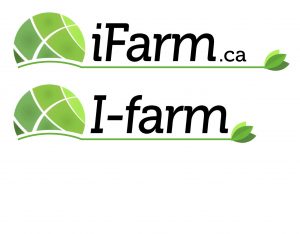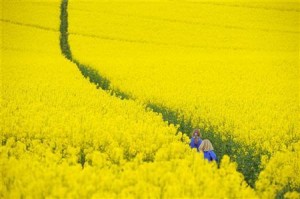
Now is the time for investors to rotate out of public markets into Canadian farmland
- We are in the midst of one of the longest bull markets in history: stock markets have enjoyed a 10-year upward run with few interruptions.
- Stock prices, by almost any measure, are more expensive than they have been at any time in history other than just before the 2001 “Dot Com” crash.
- Bond yields are rising, and interest rates are headed up (which is bad for stock prices).
- Individual debts are at all-time highs and, more worryingly, margin debt (debt borrowed to buys stocks) is at unprecedented levels.
- Bitcoin, blockchain and cannabis stocks are clearly in speculative bubbles.
- Geo-political and international trade uncertainties abound, and (to put it mildly), the response of world leaders to any potential shock cannot be predicted.
In the last 34 years we have experienced five significant bull-market runs, four of which ended in large stock market declines or crashes. The first began in 1984 and ended on Black Monday in October 1987. The second started in 1994 and ended with the Asian Flu currency crisis in September 1998. The third began in late 1998 and ended in the Dot Com bust of 2001. The fourth started in March 2003 and ended with the Global Banking Crisis of 2008, and the fifth began in March 2009 and has continued until today, more or less uninterrupted for much of the past decade.
Just how exceptional has our current bull market been? Figure 1 provides some context. The previous 4 market cycles lasted an average of 29 months and saw the S&P 500 rise by an average of 97%. In comparison, our current bull market run has, so far, lasted an incredible 107 months and seen the S&P 500 rise by 354%
Figure 1: our current bull run is the longest in decades…
Figure 2: …and it takes a long time to recover after long bull runs
As Figure 2 indicates, it typically takes a long time to recover losses incurred in stock market crashes that have followed long bull runs. In the previous four cycles, the recovery period (ie. the length of time it took to fully recover the losses incurred from market declines) lasted 77% as long as the preceding bull market run – an average of 43 months. Recoveries from the Dot Com and Global Financial Crisis took significantly longer – 81 and 65 months respectively.
Simply put, it took between 5.5 and 6.7 years for investors to make up the losses they incurred in the previous two stock market declines.
What conclusions can we draw from these historic patterns?
- We are surely in the latter stages of one of the longest bull markets in history, and the longer it goes on, the greater the risk of a significant decline.
- At current equity valuations, future market gains will, almost certainly, be less than those of recent years and with interest rates increasing, bond returns are likely to decrease from recent levels as well.
- As the prospect of further returns diminish, market risk is increasing – creating a poor risk/return outlook for both stocks and bonds.
Figure 3 illustrates how the current risk/return pattern has significantly changed from the past few decades. Using historic annual returns since 1990 for the S&P 500 and 10-year Treasury Bonds (all figures in US dollars without currency conversion into CAD), we estimated the stock-and-bond portfolio mix that would have produced a similar 10% total return as that generated by Canadian farmland over the same period.





